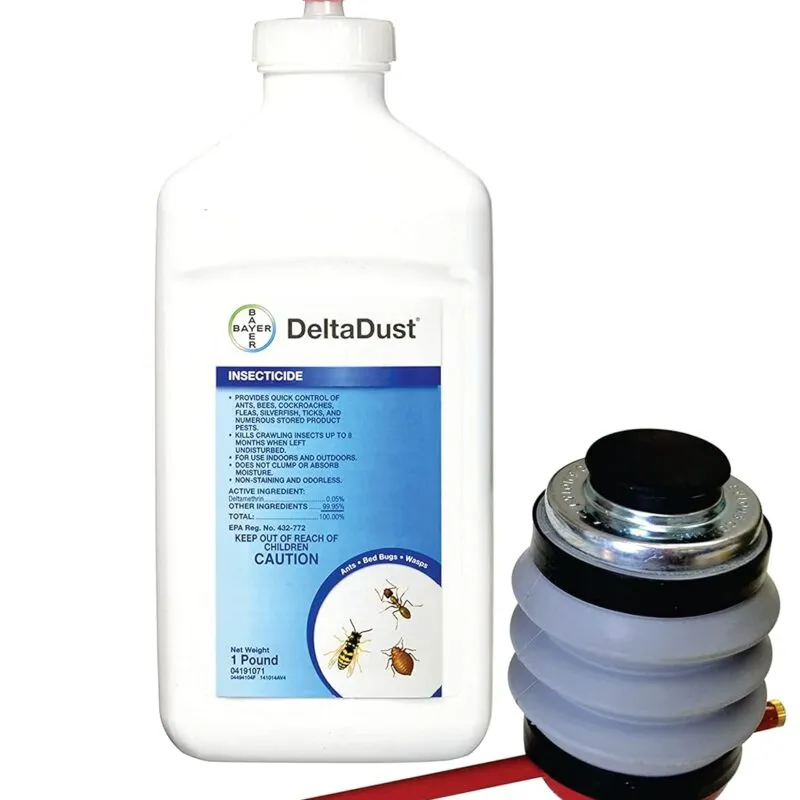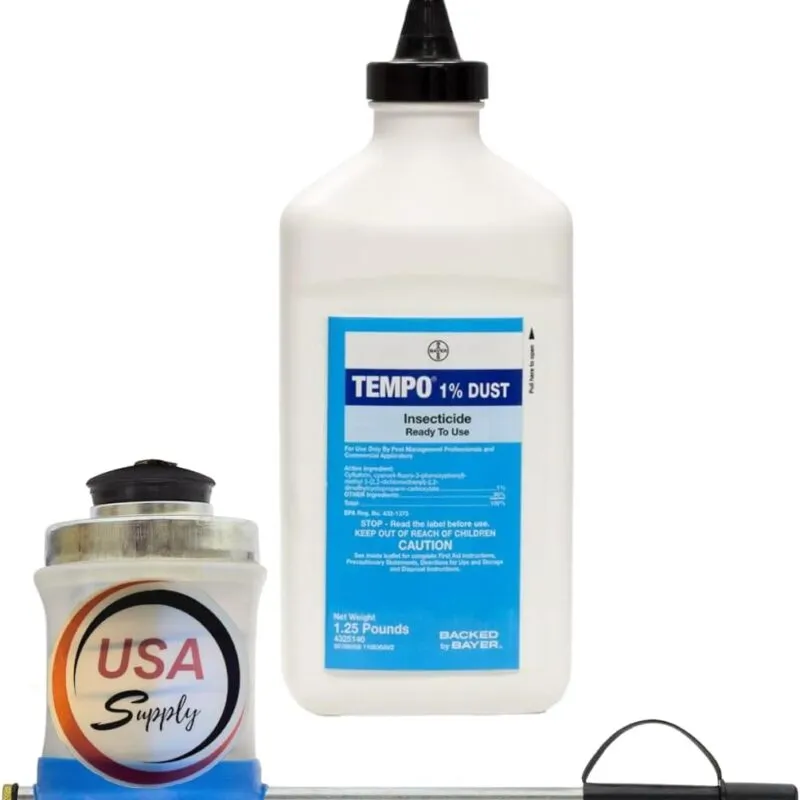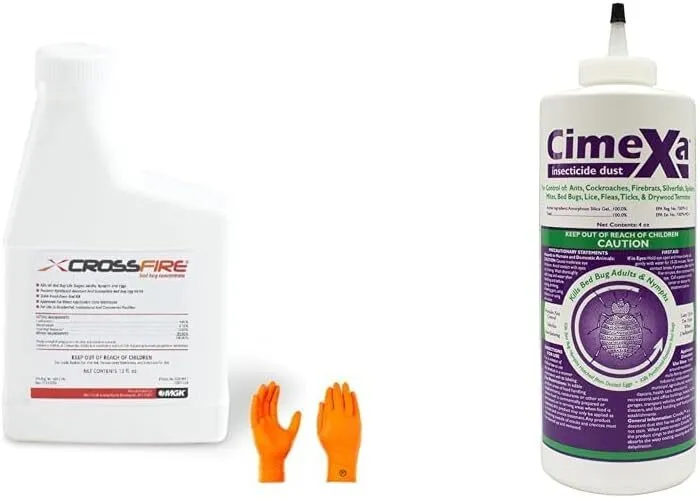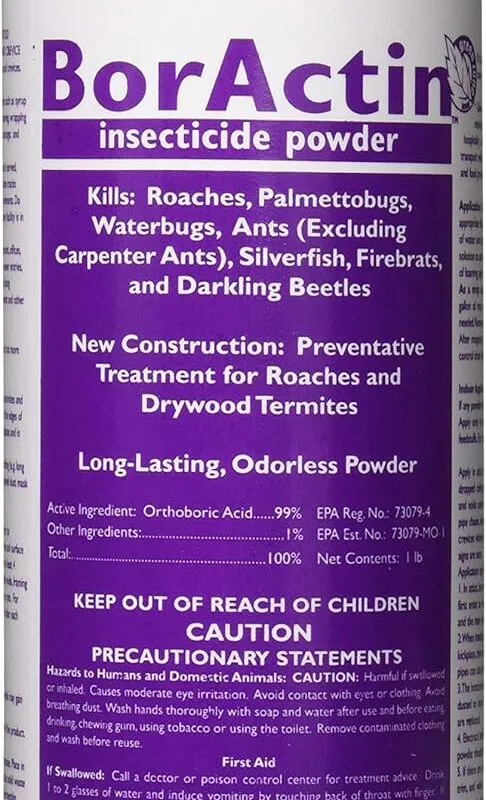Carpenter bees, known for their wood-boring habits, can cause significant damage to your wooden structures. These solitary bees create tunnels in wood to lay their eggs, leading to unsightly holes and potentially compromising the structural integrity of your home. One of the most effective methods to combat carpenter bees is using dust insecticides. In this guide, we’ll explore the best dust products for carpenter bees, how to use them effectively, and why dust treatments are preferred for long-term control.
Why Dust Insecticides Are Effective Against Carpenter Bees
Dust insecticides are particularly effective against carpenter bees for several reasons:
- Residual Action: Dust remains in the tunnels long after application, continuing to kill bees that come into contact with it.
- Deep Penetration: Dust can reach deep into the tunnels where liquid sprays might not, ensuring that the entire nest is treated.
- Safety and Precision: Dust treatments allow for targeted application, reducing the risk of harming non-target insects or the environment.
Top Dust Products for Carpenter Bees
Here are some of the best dust products on the market, specifically formulated to eliminate carpenter bees:
1# Delta Dust Insecticide

Active Ingredient: Deltamethrin
Features:
- Waterproof: Delta Dust is highly effective in outdoor environments because it is water-resistant, making it ideal for use in areas exposed to rain or moisture.
- Long-Lasting: It offers residual control for up to 8 months, providing long-term protection against carpenter bees.
How to Use:
- Apply Delta Dust directly into the carpenter bee holes using a hand duster.
- Seal the holes after the dust has been applied to prevent re-infestation.
#2 Drione Dust

Active Ingredient: Pyrethrins and Silica Gel
Features:
- Fast-Acting: Drione Dust works quickly to kill carpenter bees upon contact.
- Desiccant Properties: The silica gel component dehydrates and kills insects, enhancing the effectiveness of the pyrethrins.
How to Use:
- Apply the dust in early morning or late evening when carpenter bees are less active.
- Use a bulb duster to inject the dust into the tunnels, then seal the entrances after a few days.
#3 Tempo Dust Insecticide

Active Ingredient: Cyfluthrin
Features:
- Broad-Spectrum Control: Tempo Dust is effective against a wide range of insects, including carpenter bees, ants, and wasps.
- Highly Effective: It provides quick knockdown and long-lasting residual control, making it a reliable choice for carpenter bee infestations.
How to Use:
- Apply the dust directly into carpenter bee holes.
- Wait for 24-48 hours before sealing the holes to ensure all bees are exposed to the dust.
#5 CimeXa Insecticide Dust

Active Ingredient: Silica Gel
Features:
- Non-Toxic: CimeXa is a non-toxic option that works by dehydrating carpenter bees, making it safe for use around pets and children.
- Long-Lasting: This dust remains effective for up to 10 years when undisturbed, offering extended protection.
How to Use:
- Apply CimeXa Dust using a hand duster to reach deep into the carpenter bee tunnels.
- Seal the holes after the dust application to prevent further damage.
#6 BorActin Insecticide Powder

Active Ingredient: Boric Acid
Features:
- Natural and Safe: BorActin is derived from boric acid, a naturally occurring substance that is safe for use around humans and pets.
- Effective on Contact: It kills carpenter bees by ingestion or contact, and is particularly useful for long-term control.
How to Use:
- Apply the dust in the evening when carpenter bees are less active.
- Use a bulb duster to apply the dust into the holes, and then seal the holes after treatment.
How to Apply Dust for Carpenter Bees Effectively
Using dust insecticides properly is crucial for achieving the best results. Follow these steps for effective application:
- Identify the Infestation: Look for round holes in wood surfaces, often accompanied by sawdust. These holes are the entry points to the carpenter bee tunnels.
- Choose the Right Time: Apply dust in the early morning or late evening when carpenter bees are less active to reduce the risk of being stung.
- Use the Right Tools: A hand duster or bulb duster is essential for applying dust deep into the carpenter bee tunnels. This ensures that the dust reaches the bees inside the tunnels.
- Seal the Holes: After applying the dust, wait a few days before sealing the holes with wood putty or caulk. This prevents other bees from using the same tunnels in the future.
- Monitor and Reapply: Check the treated areas regularly. If you notice new activity, reapply the dust as needed.
Safety Tips When Using Dust Insecticides
While dust insecticides are effective, it’s important to follow safety guidelines to protect yourself and the environment:
- Wear Protective Gear: Always wear gloves, a mask, and safety glasses when applying dust insecticides to avoid inhalation and skin contact.
- Keep Pets and Children Away: Ensure that pets and children are kept away from treated areas until the dust has settled and the holes have been sealed.
- Follow Manufacturer Instructions: Read and follow all instructions provided by the manufacturer to ensure safe and effective use of the product.
Final Toughts
Carpenter bees can be a serious nuisance, but with the right dust insecticide, you can effectively manage and prevent infestations. Products like Delta Dust, Drione Dust, and Tempo Dust offer long-lasting protection, while natural options like CimeXa and BorActin provide a safer alternative. By understanding how to use these products correctly, you can protect your home from the damage caused by carpenter bees and enjoy peace of mind.
Resources
- Pest Control Companies: For professional help, consider hiring a local pest control company that specializes in treating carpenter bee infestations.
- Product Guides: Check out doityourselfpestcontrol.com for more information on choosing the right dust insecticide for your needs.
- Educational Articles: Visit the National Pest Management Association for more information on carpenter bee control and prevention.
FAQs
- Is dust insecticide safe for use around pets and children?
- Some dust insecticides, like CimeXa and BorActin, are non-toxic and safe for use around pets and children. Always follow the manufacturer’s instructions.
- How often should I apply dust insecticide to carpenter bee holes?
- You should apply dust insecticide as soon as you notice an infestation. Monitor the area and reapply as needed if new activity is detected.
- Can I seal the holes immediately after applying dust insecticide?
- It’s best to wait 24-48 hours after applying the dust before sealing the holes to ensure all bees inside the tunnels are exposed to the insecticide.
- What should I do if I still see carpenter bees after applying dust insecticide?
- If you continue to see carpenter bees, you may need to reapply the dust or consult a professional pest control service for further treatment.
- Are there any natural alternatives to chemical dust insecticides for carpenter bees?
- Yes, products like CimeXa and BorActin use natural ingredients like silica gel and boric acid to control carpenter bees without the use of harsh chemicals.
By choosing the best dust for carpenter bees and following proper application techniques, you can effectively protect your wooden structures from damage and keep your home safe from these wood-boring pests.





